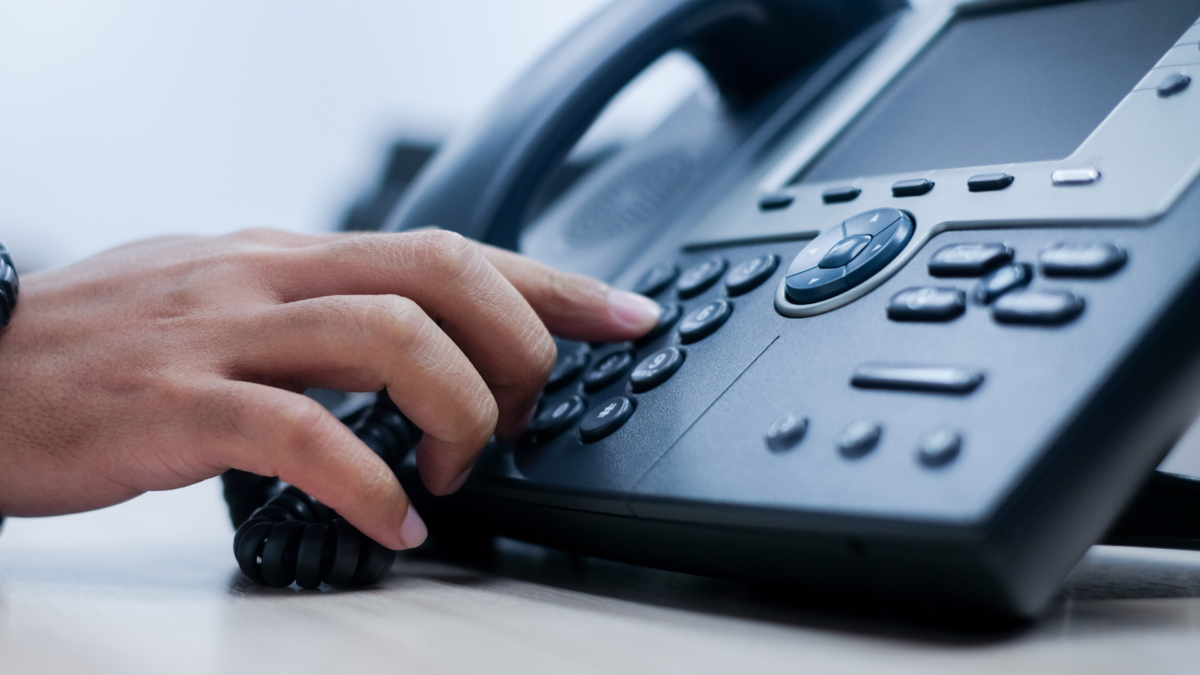In the fast-paced world of healthcare, every moment counts. From managing appointments to handling patient inquiries, the role of a medical receptionist is crucial in ensuring the smooth operation of a medical practice. However, with the rise of remote work and technological advancements, the traditional in-office receptionist model is evolving. Enter the virtual medical receptionist – a game-changer in optimizing efficiency, improving patient satisfaction, and streamlining administrative tasks.
Embracing Remote Work: The Modern Shift in Healthcare
Gone are the days of being tethered to a physical office space. The rise of remote work has revolutionized industries across the board, and healthcare is no exception. With advancements in communication technology and secure data management systems, medical practices can now harness the power of remote teams to enhance productivity and flexibility. Even the introduction of managed care contracting has enabled healthcare providers to make further cost savings, which ultimately results in reinvestment into the thing that really matters: patient care.
Benefits of Remote Work in Healthcare
- Flexibility – Remote work allows medical receptionists to work from anywhere, providing flexibility in scheduling and accommodating varying time zones.
- Cost Savings – By eliminating the need for a physical office space, practices can reduce overhead costs associated with utilities, rent, and maintenance if they hire a virtual medical receptionist.
- Access to Talent – Embracing remote work opens doors to a global talent pool, enabling practices to recruit top-tier receptionists regardless of geographic location.
The Role of a Remote Medical Receptionist
A remote medical receptionist performs many of the same tasks as an in-office counterpart, albeit from a virtual setting. From answering calls and scheduling appointments to verifying insurance information and managing patient inquiries, their responsibilities are paramount in ensuring the seamless operation of a medical practice.
Key Responsibilities
- Appointment Scheduling – Efficiently manage appointment calendars to optimize patient flow and minimize scheduling conflicts.
- Patient Communication – Provide exceptional customer service by addressing patient inquiries, scheduling follow-up appointments, and relaying messages to healthcare providers.
- Data Management – Maintain accurate patient records, update demographics, and ensure compliance with healthcare regulations such as HIPAA.
- Insurance Verification – Verify patient insurance coverage and eligibility to streamline the billing process and minimize claim denials.
Leveraging Technology for Seamless Integration
Central to the success of a remote medical receptionist is the utilization of cutting-edge technology to facilitate seamless communication and collaboration. Leveraging cloud-based platforms, telephony systems, and electronic health records (EHR) software, remote receptionists can seamlessly integrate into the practice’s workflow while ensuring data security and confidentiality. For those unfamiliar with telephony solutions, you may be wondering, What is hosted telephony? This technology allows calls to be managed over the internet rather than traditional phone lines, providing flexibility and cost savings for remote setups.
Essential Technologies
- Virtual Phone Systems – Utilize VoIP (Voice over Internet Protocol) solutions to route calls to remote receptionists, enabling them to handle inquiries professionally and efficiently.
- EHR Software – Access patient records securely through cloud-based EHR platforms, allowing remote receptionists to update information in real-time and collaborate with healthcare providers.
- Secure Messaging Platforms – Implement encrypted messaging platforms to facilitate secure communication between remote receptionists and medical staff, ensuring compliance with patient privacy regulations.
Enhancing Patient Experience and Satisfaction
Improving Accessibility
24/7 Availability – With remote receptionists covering extended hours, patients can reach out for assistance or schedule appointments outside of traditional office hours.
Multilingual Support – Cater to diverse patient populations by offering multilingual support, ensuring effective communication and understanding.
Streamlining Processes
Reduced Wait Times – By efficiently managing appointment schedules and inquiries, remote receptionists help minimize wait times for patients both in-person and over the phone.
Faster Response Times – Promptly addressing patient inquiries and messages contributes to a positive experience and fosters trust in the practice’s commitment to patient care.
Addressing Security and Compliance Concerns
In the realm of healthcare, safeguarding patient information is paramount. When integrating remote medical receptionists into your practice, it’s essential to prioritize security and compliance to mitigate risks and uphold patient confidentiality.
Compliance Measures
- HIPAA Compliance – Ensure that remote receptionists receive proper training on HIPAA regulations and adhere to strict protocols for handling and safeguarding sensitive patient data, so that they can continue to keep the healthcare practice HIPAA Compliant.
- Data Encryption – Implement robust encryption protocols for communication channels and data storage to prevent unauthorized access and data breaches.
- Regular Audits – Conduct regular audits and assessments to identify and address potential security vulnerabilities, ensuring ongoing compliance with regulatory standards.
Making the Transition: Best Practices for Success
Transitioning to a remote medical receptionist model requires careful planning, clear communication, and strategic implementation. By following best practices and leveraging the right resources, practices can seamlessly integrate remote receptionists into their workflow while maximizing efficiency and patient satisfaction.
Key Considerations
- Clear Communication – Ensure open lines of communication between remote receptionists and medical staff, establishing protocols for message relay, escalation procedures, and ongoing feedback.
- Training and Onboarding – Provide comprehensive hipaa training and onboarding for remote receptionists, covering practice-specific policies, software systems, and compliance requirements. Each healthcare setting operates differently, so even if they have past experience, don’t assume they will be familiar with how your setting works.
- Performance Monitoring – Implement performance metrics and monitoring tools to track key performance indicators (KPIs) such as call volume, response times, and patient satisfaction scores.
Bottom Line
The era of virtual healthcare is upon us, and the role of the remote medical receptionist is more vital than ever!

